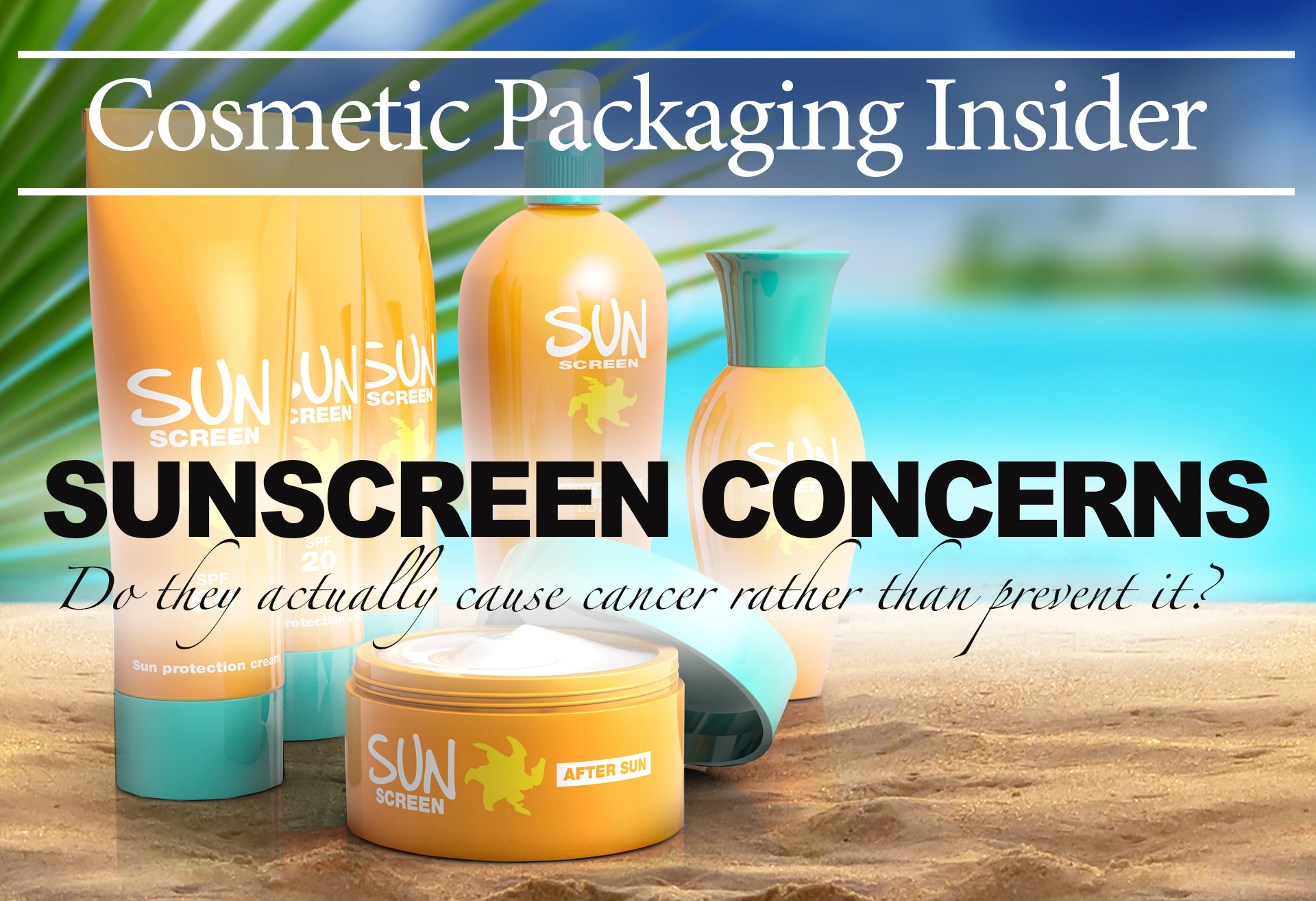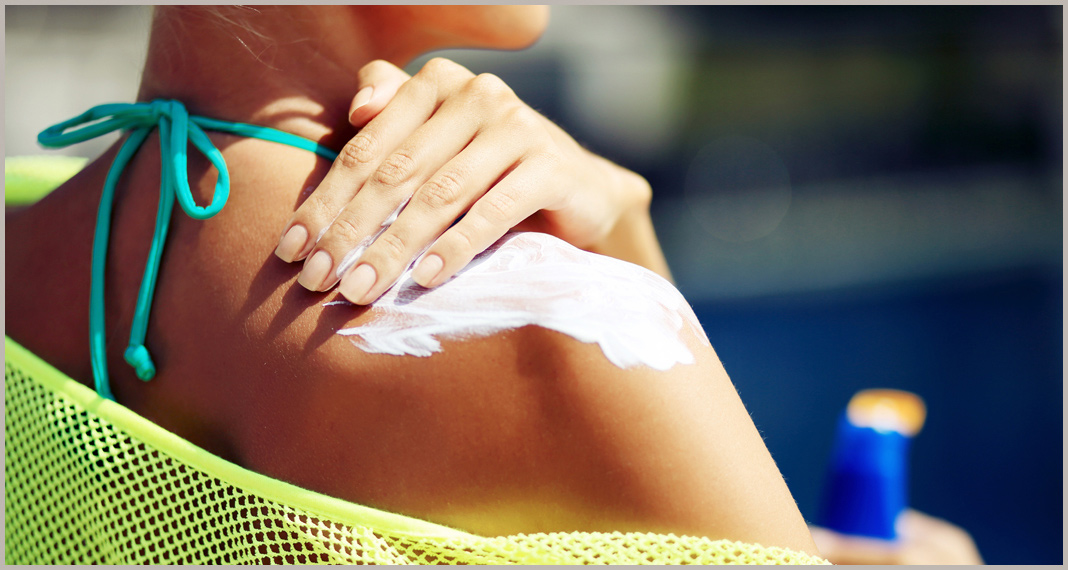
Your online cosmetic and personal care product packaging resource!
“With the mixed messages about sun exposure and sunscreen safety, what is the concerned consumer to do?”


hile there is no question that excessive sun exposure can damage skin and increase cancer risk, there is a question as to whether the ingredients in some sunscreens pose a health risk including causing cancer. In addition, some experts believe that excessive sunscreen usage is partly to blame for an epidemic of vitamin D deficiency. These experts suggest that everyone should strive for some regular, limited unprotected sun exposure – 15-20 minutes, 3 times a week. With the mixed messages about sun exposure and sunscreen safety, what is the concerned consumer to do?

Sunscreens generally fall into two categories – chemical and physical. Chemical sunscreens absorb UV light, while physical sunscreens, also called sunblocks, reflect or block UV light.
Chemical sunscreens are absorbed into the skin. They may contain oxybenzone, avobenzone, benzophenone, or other substances that absorb UV radiation. While these products have been in use for many years, and there are no studies that show that they definitively cause cancer or other harmful effects, recent studies have suggested further research is needed to determine long-term safety outcomes. For example, a study earlier this year found that some chemical sunscreens that were absorbed through the skin resulted in blood concentrations higher than previously suspected. In addition to blood, these substances have been detected in human breast milk, amniotic fluid, and urine.
As mentioned previously, while no studies have demonstrated harm from the use of these products, some doctors and researchers are concerned about possible health effects. Some of these chemicals are known endocrine disruptors. Some endocrine disruptors can cause developmental abnormalities in children, and some have been linked to breast, ovarian and prostate cancers. Another issue with chemical sunscreens is that in the process of absorbing UV radiation, chemicals could be generated that are damaging to DNA. Due to these concerns, some experts advise the use of physical sunscreens or sunblocks, as they are not readily absorbed through the skin.
Sunblocks contain either zinc oxide or titanium dioxide. These substances sit on the skin surface and reflect (block) UV radiation so that it cannot penetrate the skin. The older formulations of these products were thick and pasty, but newer formulas contain smaller particles that are more comfortable to use. Some people have expressed concern about the use of zinc and titanium nanoparticles in sunblocks, but thus far, all available data show that these substances are not absorbed into the bloodstream or harmful to the skin. One caveat with nanoparticles is that they can be harmful to lung tissue when inhaled. For this reason, it is best to use cream or lotion sunblocks rather than sprays or powders.
In addition to chemical sunscreens and sunblocks, there are other ways to prevent excessive sun exposure such as wearing sun protective clothing and hats, seeking shade when possible, and avoiding sun exposure when UV rays are the strongest – usually between 10 a.m. and 4 p.m.
As with any health concern, if you have safety concerns about sunscreens, it would be best to discuss this with your family physician or dermatologist. Whatever way you choose to avoid excessive sun exposure, keep in mind that, for most people, a little bit of sun exposure is not harmful and may actually be beneficial. July 2019
Your online cosmetic and personal care product packaging resource!
Check out our latest news, product reviews, and expert tips so you stay up to date with what is going on in the industry!



